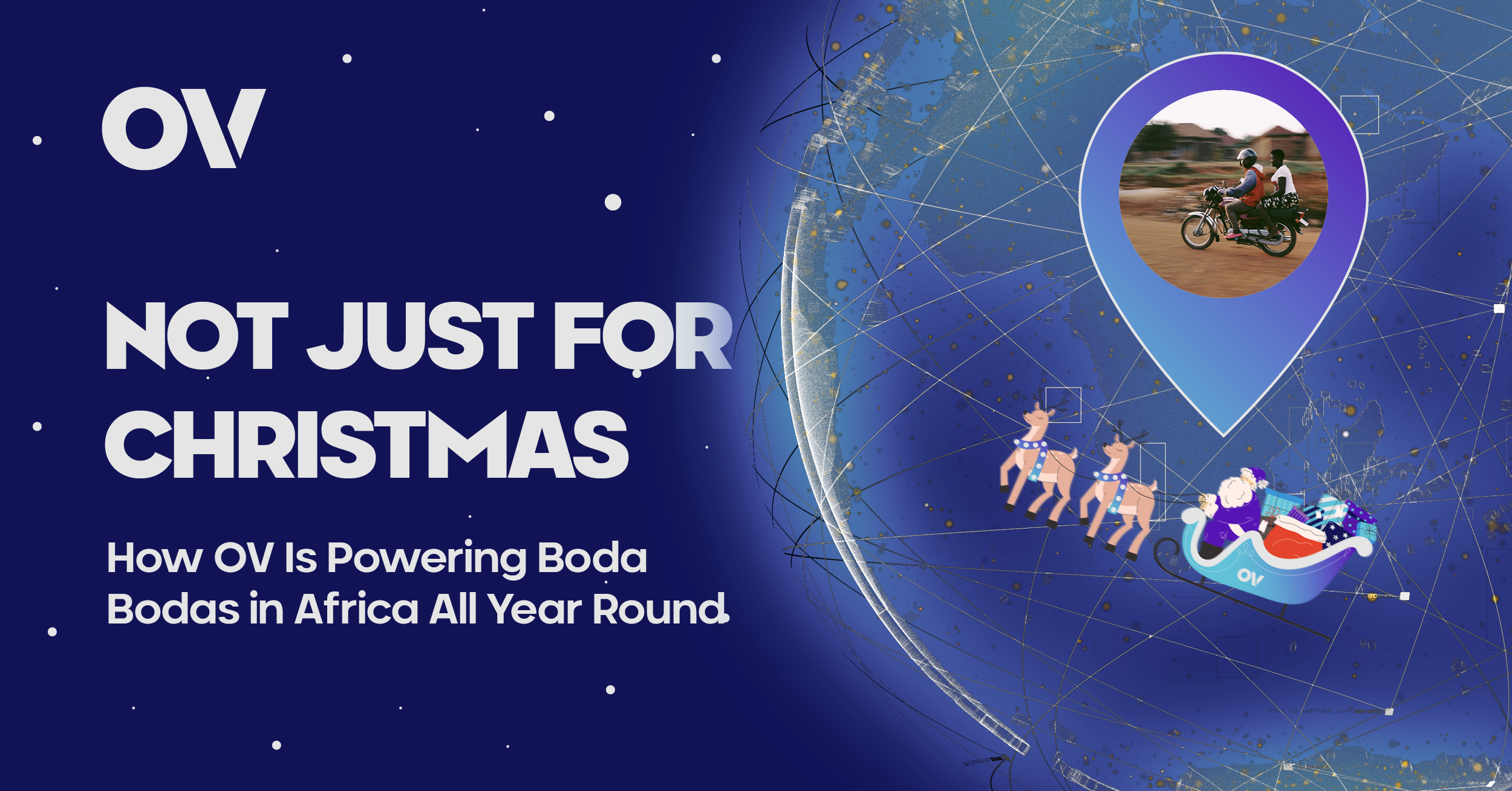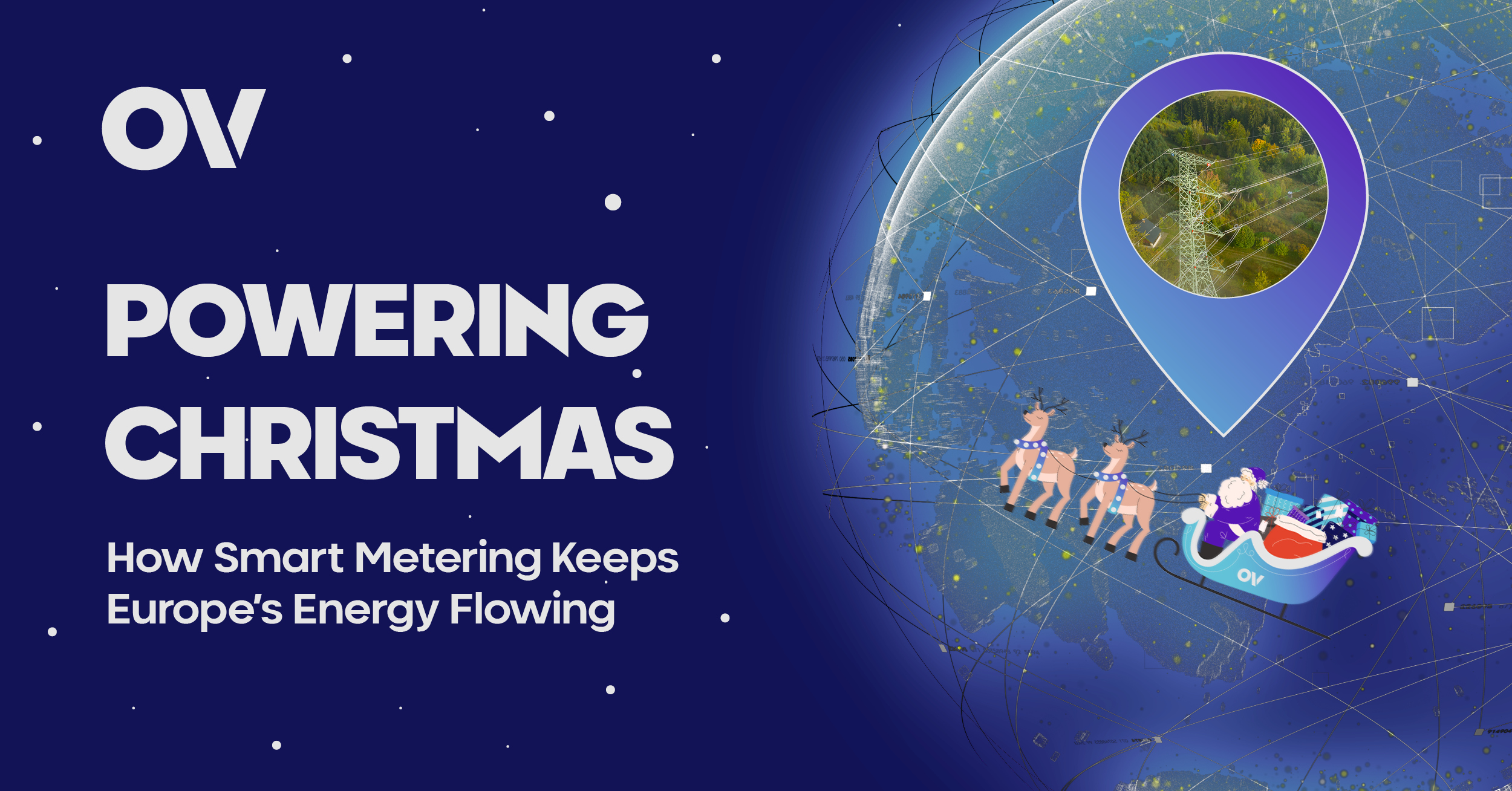Originally published
October 14, 2024
Last Updated
July 9, 2025
In recent years, the convergence of the Internet of Things (IoT) and Artificial Intelligence (AI) has revolutionised numerous industries, enabling unprecedented connectivity, automation, and data-driven insights. The advancement of technology is often feared, but as these technologies continue to evolve, their impact on various sectors is becoming increasingly profound. In this blog, we’re going to dive into the current state and future prospects of IoT and AI, how they are powering different industries and driving transformative change.
Healthcare
IoT and AI have already begun to reshape the healthcare landscape, leading to improved patient care, enhanced diagnostics, and streamlined operations. With the integration of IoT devices such as wearables, remote patient monitoring systems, and smart medical equipment, healthcare professionals can gather real-time patient data, monitor vital signs, and proactively address potential health concerns.
AI, coupled with IoT, further amplifies the potential of healthcare by enabling predictive analytics, early disease detection, and personalised treatment plans. Machine learning algorithms can analyse vast amounts of medical data, accelerating the identification of patterns and anomalies that would be challenging for humans to detect. This fusion of IoT and AI offers immense potential to transform patient outcomes and reduce healthcare costs.
Manufacturing
In manufacturing, IoT and AI are driving the era of Industry 4.0, where interconnected systems and smart machines enhance efficiency, productivity, and automation. IoT sensors embedded in machinery and production lines enable real-time monitoring of equipment performance, predictive maintenance, and enhanced workflows.
AI complements IoT in manufacturing by leveraging machine learning algorithms to analyse sensor data, identify patterns, and make predictive decisions. This enables proactive maintenance to prevent breakdowns, quality control enhancements, and overall process optimisation. The integration of IoT and AI in manufacturing ensures higher productivity, reduced downtime, and improved resource allocation.
Transportation and Logistics
The transportation and logistics sector is also experiencing a significant transformation due to IoT and AI. IoT devices and sensors embedded in vehicles, shipping containers, and warehouses enable real-time tracking and monitoring of assets, enhancing supply chain visibility and efficiency.
AI-powered algorithms investigate data collected from IoT devices to optimise routes, reduce fuel consumption, and enhance fleet management. Predictive maintenance using AI algorithms helps prevent breakdowns, thereby reducing downtime and increasing operational efficiency. Additionally, AI-powered chatbots and virtual assistants streamline customer service and improve overall logistics operations.
Energy and Utilities
IoT and AI are playing a vital role in the energy and utilities sector by enabling smarter and more efficient use of resources. IoT sensors integrated into smart grids, power plants, and utility meters provide real-time data on energy consumption, enabling precise monitoring and management.
AI algorithms look at IoT-generated data to improve energy distribution, predict demand, and identify anomalies for efficient load balancing. This helps in reducing energy wastage, improving sustainability, and optimising energy production. IoT and AI also contribute to the growth of renewable energy by enhancing the integration of renewable sources into the grid and improving forecasting accuracy.
And so…
The fusion of IoT and AI is reshaping industries across the board, revolutionising healthcare, manufacturing, transportation, logistics, energy, and utilities. As these technologies advance further, their impact will continue to accelerate, driving automation, efficiency, and data-driven decision-making. By embracing IoT and AI, businesses can unlock new opportunities, improve customer experiences, and gain a competitive edge in the digital era.
READ MORE
DISCOVER MORE NEWS AND DEVELOPMENTS IN IOT & GLOBAL CONNECTIVITY





